Orbital Urbanism : Space Colonies of the 1970s
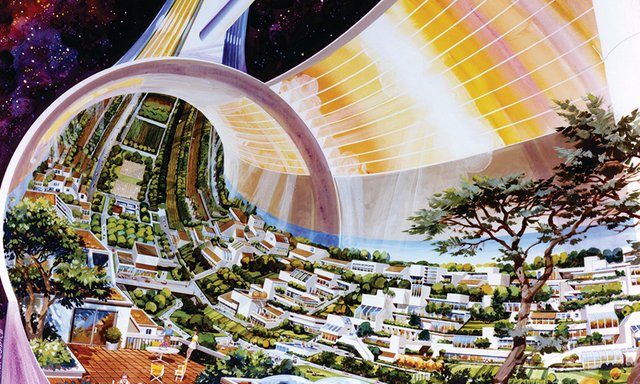
Today I Learned that back in 1975...
… astrophysicists from NASA hired a team of architects, urban planners and engineers to develop schematics for space colonies. It was the summer of ‘75 and planetary health was on the minds of many. The American public was deeply concerned over rising pollution, CO2 emissions, the ozone withering away and habitat loss worldwide. With serious issues at home, these researchers looked into the great unknown for answers. Some seriously innovative flower power promoted a creative space-age outlook inside the NASA Ames Research Center.
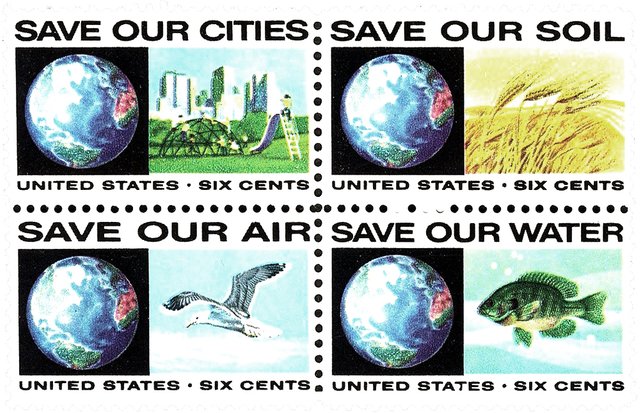
The summer program detailed dozens of proposals with scales of orbiting cities ranging from 10,000 humanoids to accommodating population numbers in the trillions. The comprehensive designs covered everything from prefabricated housing to the feasibility of a moon-ore-mining economy. The massive orbiting landscapes challenged engineers to navigate capacities for new civilizations and healthy climates.
“The key advantage of space settlements is the ability to build new land, rather than take it from someone else. This allows a huge expansion of humanity without war or destruction of Earth’s biosphere. The asteroids alone provide enough material to make new orbital land hundreds of times greater than the surface of the Earth, divided into millions of colonies. This land can easily support trillions of people.” quote from “Space Settlements”
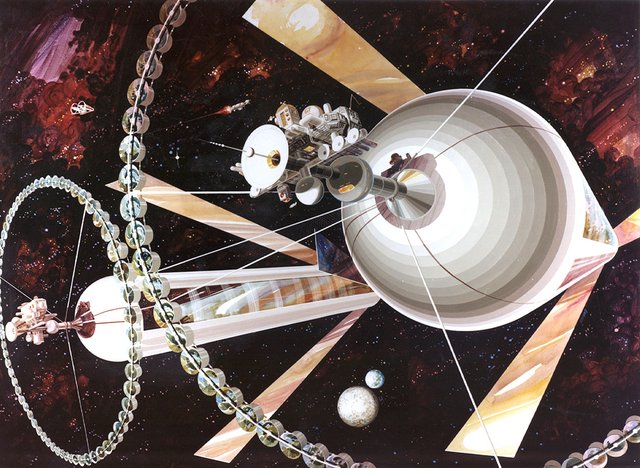
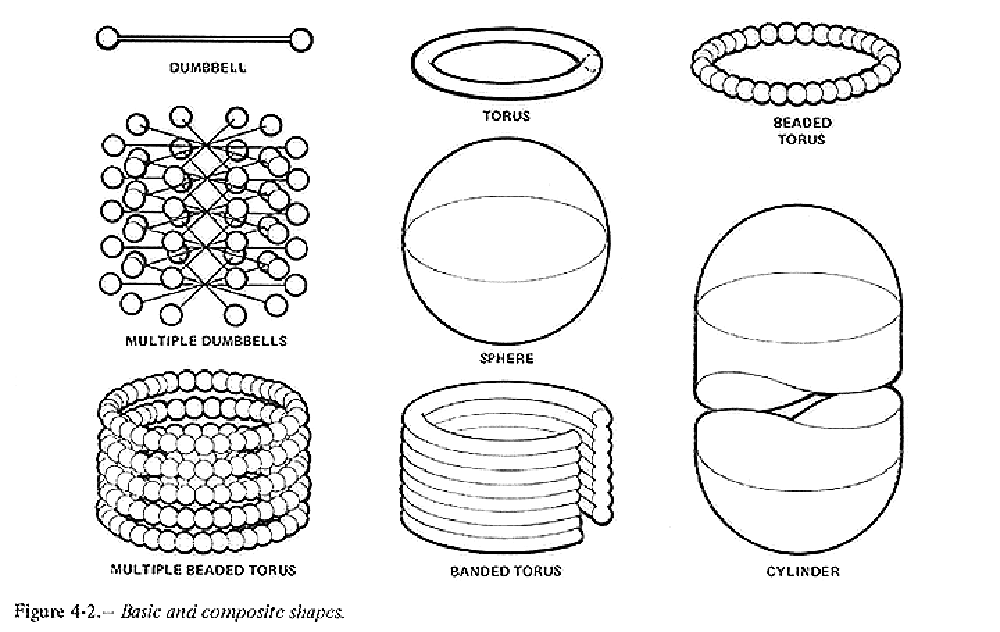
(Above) This diagram illustrates proposals for geometric inspired space colonies.
Inspired by space age technology, futurist architectural thinking of the late 1960s and early 70s was unleashed onto its largest and most mysterious canvas. These illustrations were made to channel the hopes and ambitions of a holisticly utopian world.
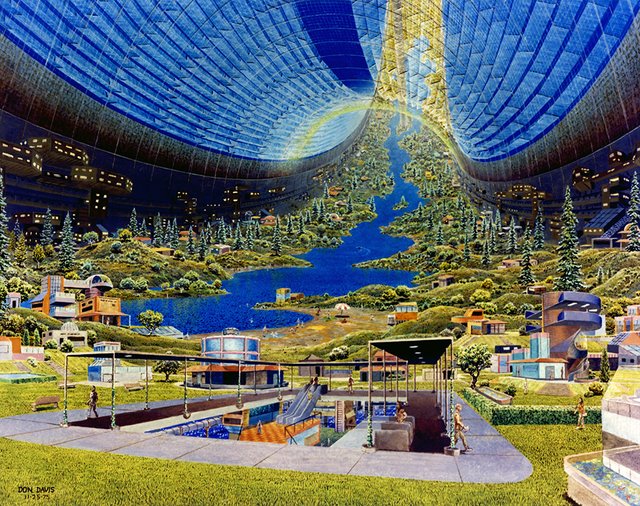
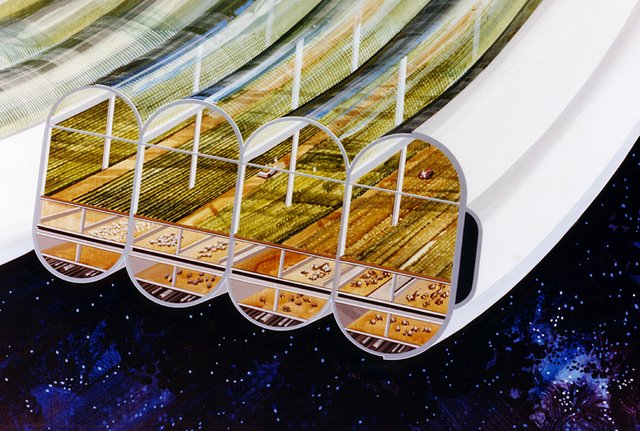
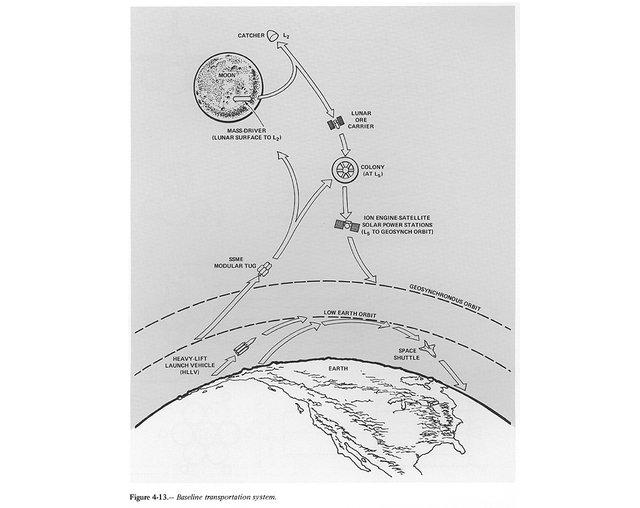
(Above) This diagram illustrates the extraction of resources from the Moon to supply construction projects within the space colony.
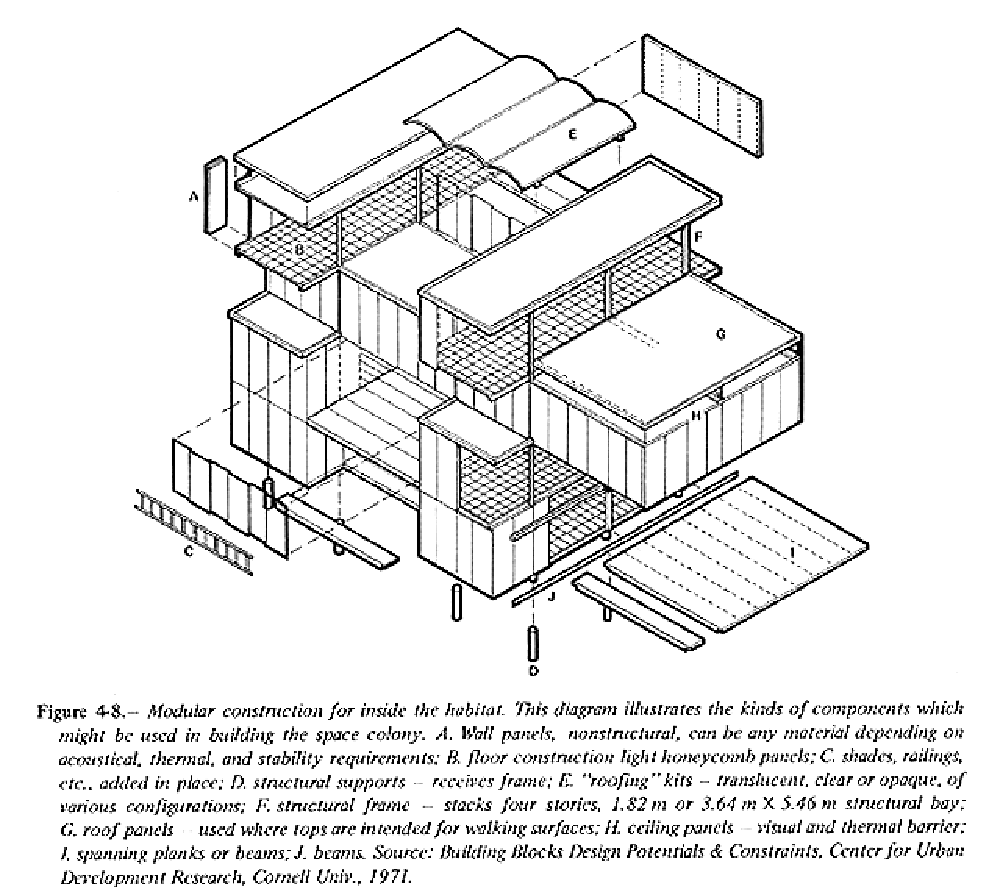
Above, an axonometric diagram revealing modular housing for humanoid habitats. This architectural portion of the study was completed through a department called the Center for Urban Development Research, at Cornell University in 1971.
“The concept of spacecraft Earth, a sphere of finite resources and ominous pollution, became pervasive and powerful at the same time we first received good photographs of our planetary home. The study summarized in this volume is another mind-stretcher. As explained on the following page, settlement in space is not an authorized program, and no man can now say if or when such a dazzling venture may be formally undertaken. But by their efforts to put numbers on an idea, to assess the human and economic implications as well as technical feasibility, the participants in this effort have provided us with a vision that will engage our imagination and stretch our minds.” - Foreword from “Space Settlements”
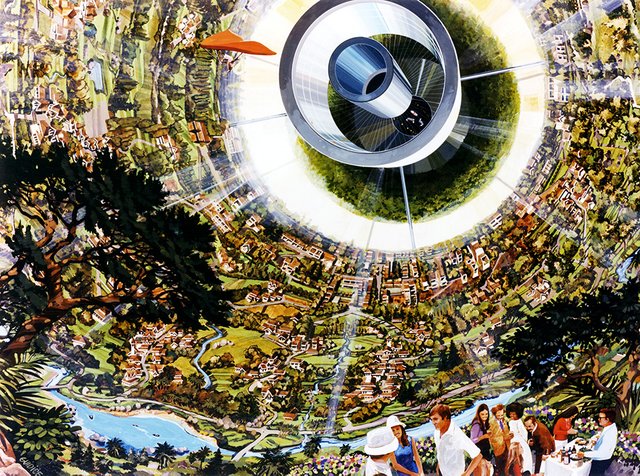
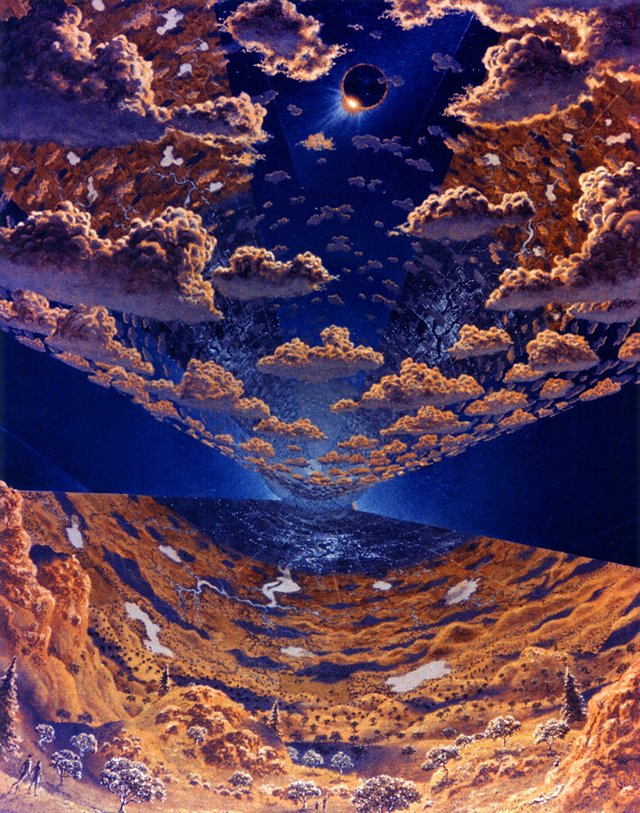
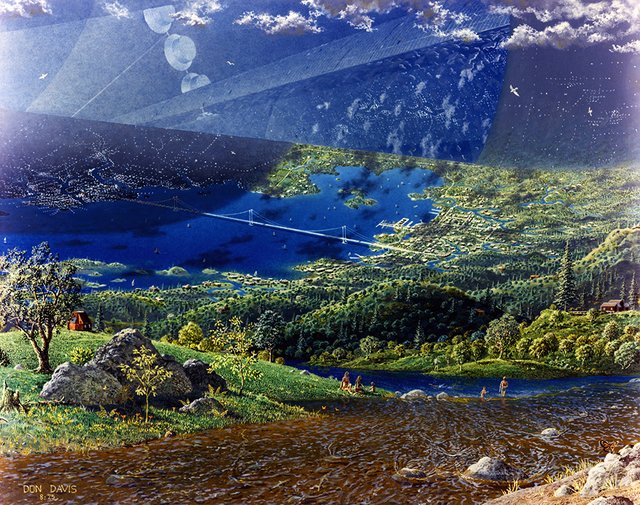
View To The Future...
“This new vista, suddenly open, changes the entire outlook on the future, not only for those who eventually want to live in extraterrestrial communities but also for those who want to remain on the Earth. In the future, the Earth might be looked upon as an uncomfortable and inconvenient place to live as compared to the extraterrestrial communities. Since a considerable portion of humanity - even most of it - with ecologically needed animals and plants may be living outside the Earth, the meaning, the purpose, and the patterns of life on Earth will also be considerably altered. The Earth might be regarded as a historical museum, a biological preserve, a place which contains harsh climate and uncontrolled weather for those who love physical adventure, or a primitive and primeval place for tourism. This cultural transition may be comparable to the transitions in the biological evolution when the aquatic ancestors of mammals moved onto land or when Man's quadrupedal ancestors became bipedal and bimanual. The opportunity for human expansion into space is offered; it needs only to be grasped.”
All images are from the “Space Settlements : A Design Study” produced in 1975 by the NASA Ames Research Center. (Link here)
> curiously exploring the digital world of art + architecture + urbanism + blockchain <

Damn if you see these drawing you wonder what went wrong! How did we lose our visionary ideas and dreams in the least centuries and are now stuck with 1984 reality? Humanity could be so much more advanced, we have the technology, we have the people but our focus is on gender circus and more.
I really hope we will find more entrepreneurs like Elon Musk that push the future and give us back hope for a brighter future. Let's build a long lasting future together!
That's what the film Elysium that other people have mentioned addresses. How we got to space colonies for the rich and nothing for everyone else.
Hah! You really do. It's almost depressing that Elysium was based on these drawings, frame for frame. You'd think a sci-fi fantasy movie would have more contemporary options to chose from. Here's hoping that the hyperloop and other initiatives open up a new generation of big thinkers and builders.
Back in high school, I participated in the International Space Settlement Design Competition. I have fond memories from that time. :) Torus is the way to go - the others are pretty much pipe dreams. Even so, I remember our budget came up to 5 trillion USD or something ridiculous!
The reality is it will be a small fraction the cost to build a settlement on a moon or planet. Looks like Mars is the real target right now. But floating over Venus is a pretty viable option beyond. Moon could be a very good industrial settlement for mining etc, but probably not the best place for a permanent settlement.
Maybe when a civilisation has colonized all possible cosmic bodies, they turn to building their own! Till then, let's focus on the already available real estate.
Interesting stuff! I completely agree! I think there's a lot to learn about this project in terms of how they presented all this imagery. These space-environments are a reflection of the things we hold precious on Earth. Pine trees, rivers and lakes. It's a literal mirroring of Earth, orbiting Earth and strengthening a strong admiration of it from that distance. Just a few years earlier we got our first images of our big blue planet from outer space. That was a huge shift in our admiration for this unique object in the depths of black nothingness. I think this study was holding onto that admiration very tightly in designing orbital giants that could observe / protect our first home.
Also, 5 trillion eh? What's that in Steem.... hmmm... hopefully it's all laid out in the upcoming "steemit roadmap" ;)
This art is great, and some I hadn't seen before even though I have perused for similar art for some of my previous articles. Good stuff and you got yourself a new follower! :D
Thanks! They have tons more (link at the bottom) with fascinating diagrams etc. It's incredible how thorough this experiment was. Here's hoping they put it to good use someday soon :)
The artwork in your post reminds me of the space station in the film Elysium.
Yeah! Elysium was absolutely based off of these earlier concepts. Throw in a little Matt Damon and then you've got a movie!
Darn, I missed the 1970s part. These plans were starting to look pretty good. :) Seriously, great post. It was enjoyable to read and it says so much about humanity in a number of different ways.
Hah, thanks man! I really enjoyed browsing around their archives. Their team did such fascinating and holistic research on what it means to be human / to explore / build and discover... Maybe a few steem dollars will help get us up there one day ;)
I just love those old pictures. If you want to know what "Utopia" was for the 70s, you can see it here.
"Fun" thing is, we could have it her eon earth if we just would all start to act reasonable.
But if you look at Trump upping coal again.... space colonies it is, after all.
Thank you! We certainly still have a chance to save it... I'm afraid though that we won't embrace the developing risks until they're staring right at us.
I discovered this on the internet years ago. Mike Combs discovered this years before that and wrote many short stories. I have lost the URL and I cannot find him in my search engine. Maybe I am spelling his name wrong.
Awesome, if you find it definitely post a link here. I'd be curious to read!
I found it now. http://www.nss.org/settlement/MikeCombs/spacsetl.html
WOW. This is amazing, I'd never seen any of this. Thanks for finding and sharing!